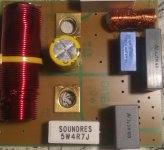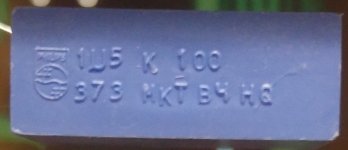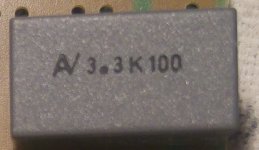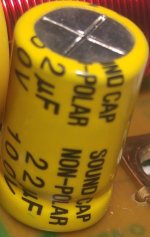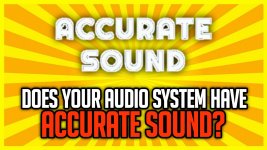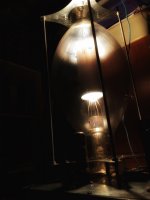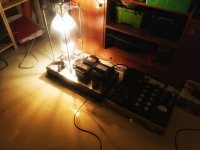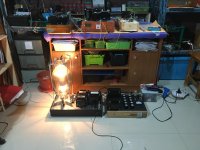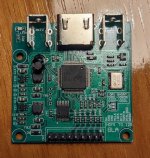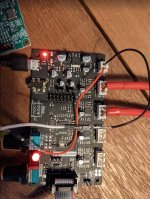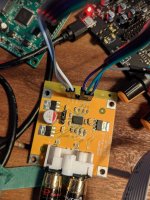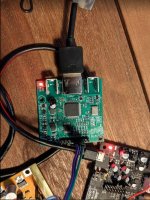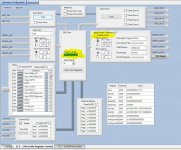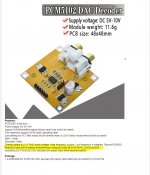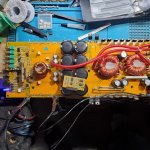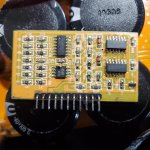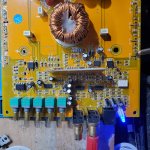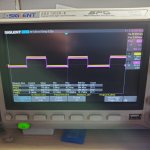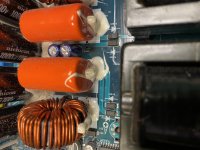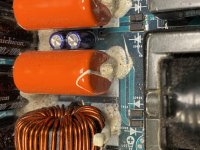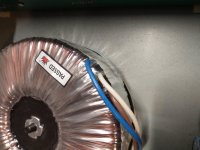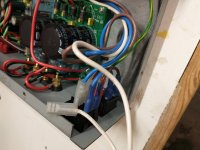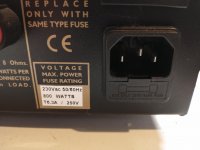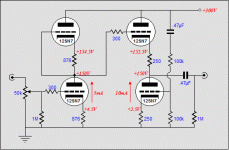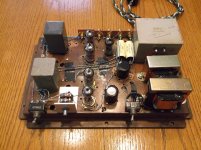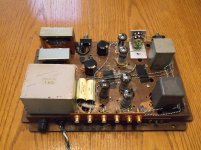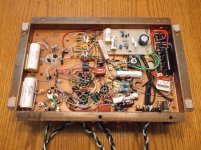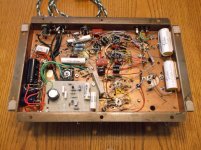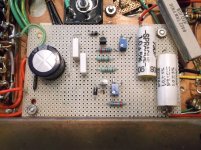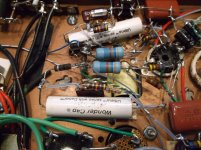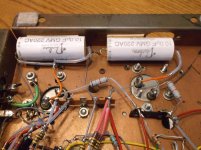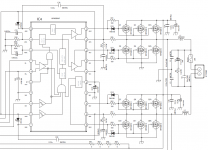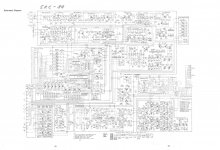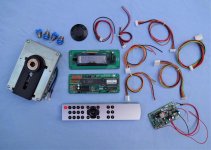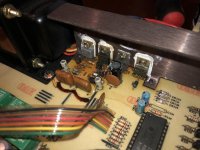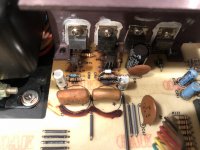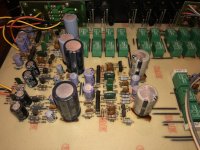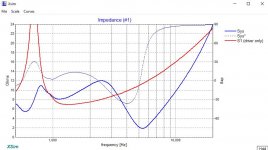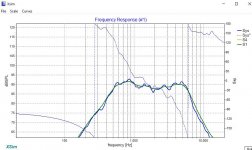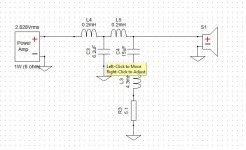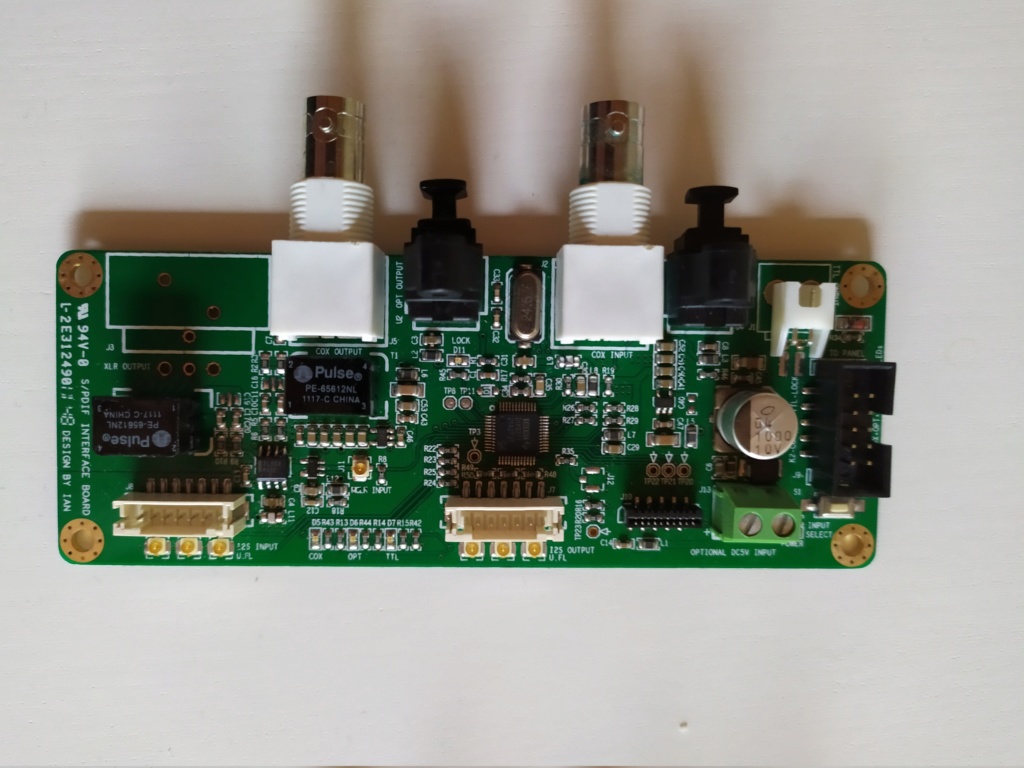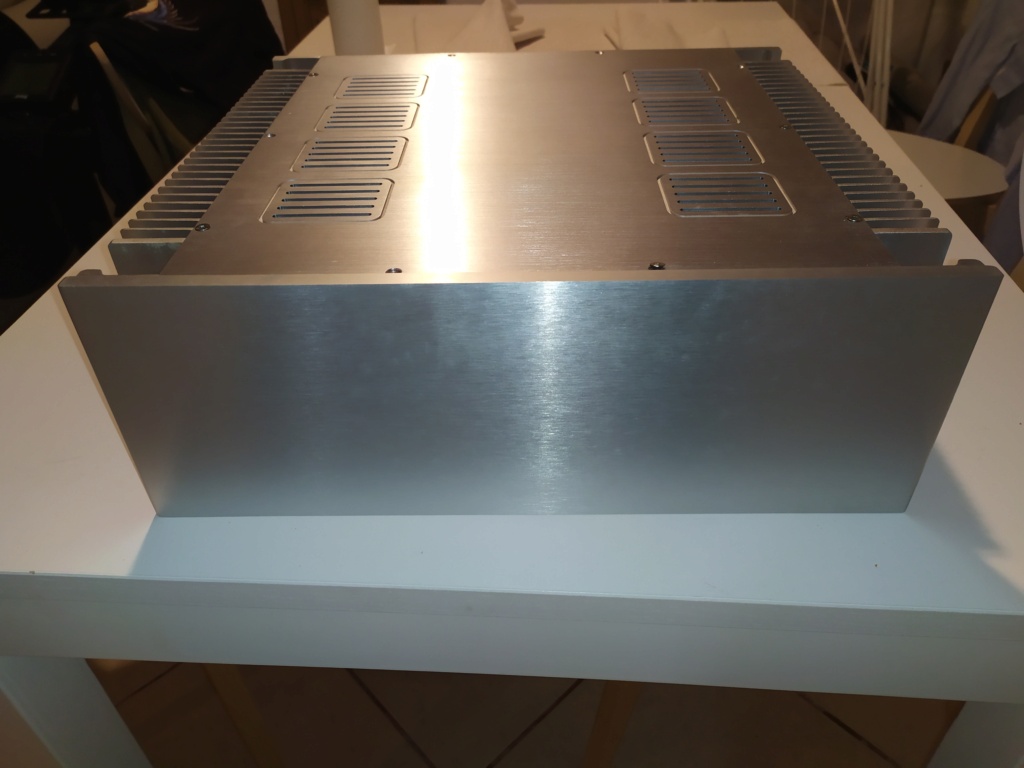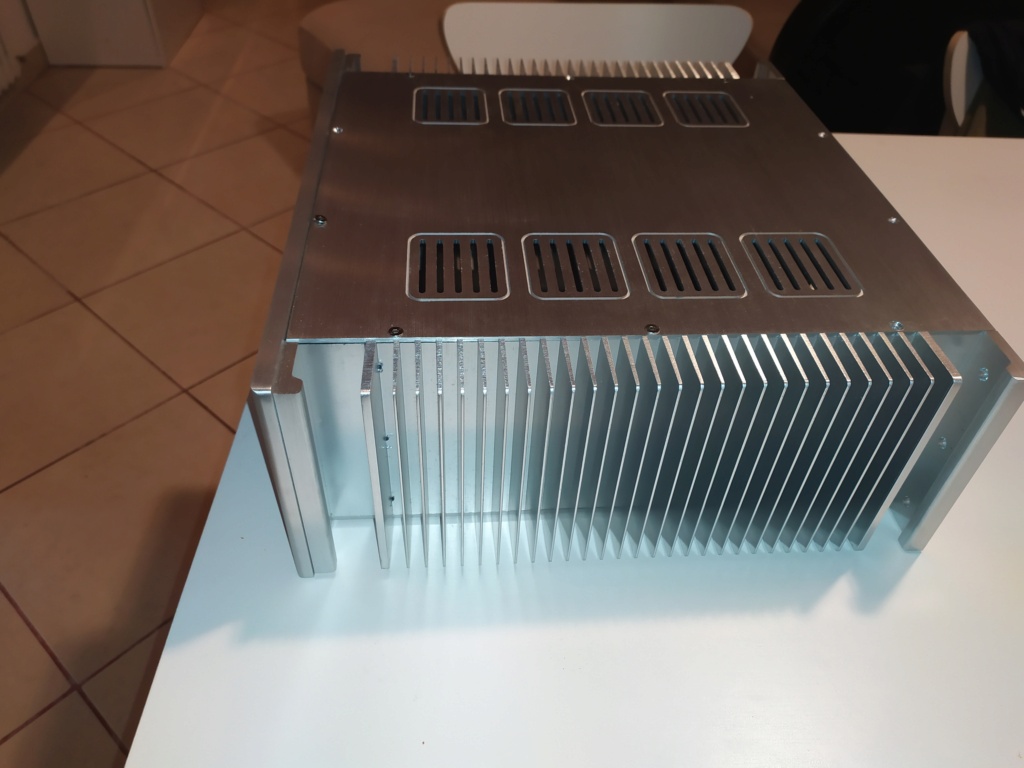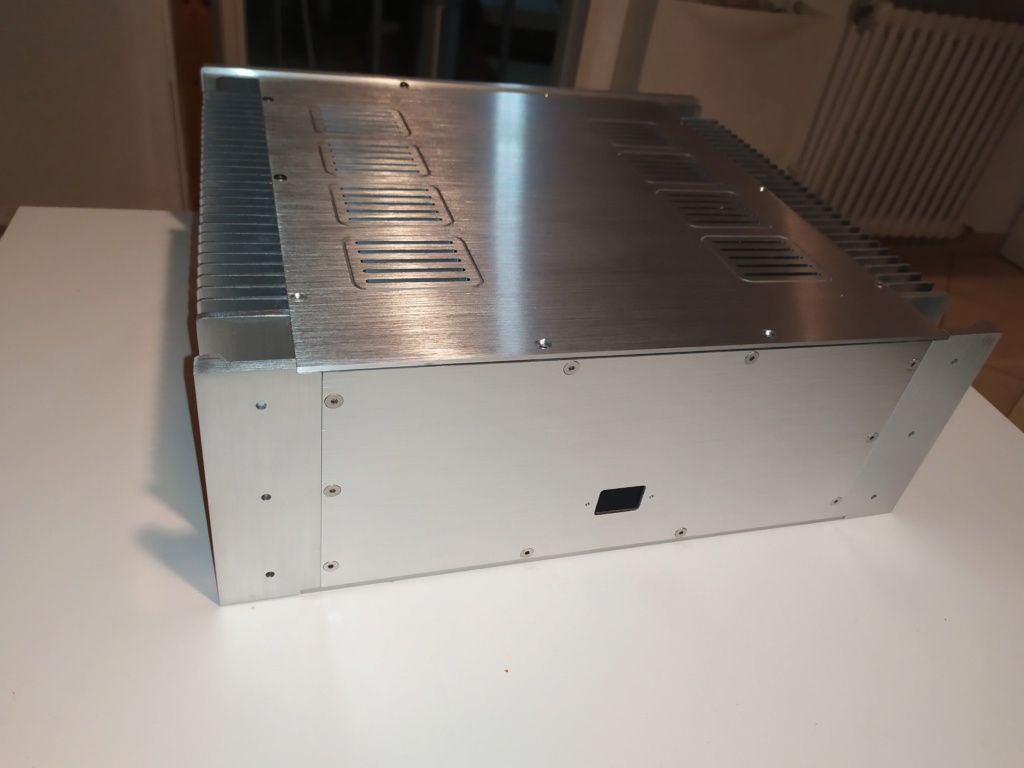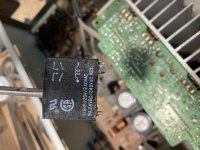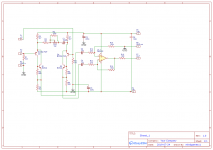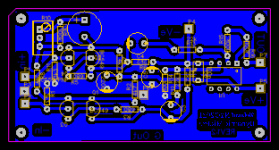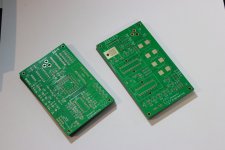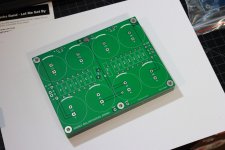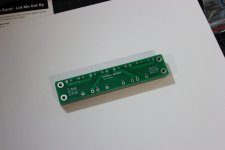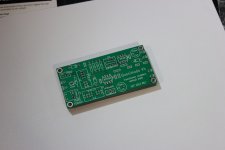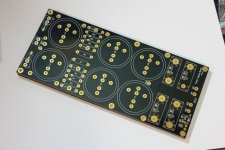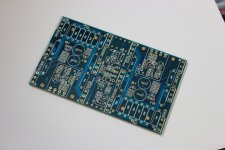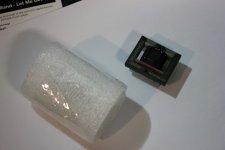chario silhouette 100 crossover recap?
Hi guys.
I got these Italian speakers for 150$. They are about 15 years old now (if I am not wrong).
Box build is very sold and nice. Drivers are less nice as I understand.
Woofer basket is made of plastic 🙂 Tweeter is really small thing, not impressive. Can post pictures if you want.
I am trying to get out of them the best they can give.
Currently they sound like some high frequencies are being played through woofer (some dull muddy sound) and not through tweeter as they should. I connected tweeter from other speaker and got the same result. I get such sound on both speakers, not on only one.
I don't think these Chario guys released such sounding speakers to market, so I guess there is some problem with them and problem is located in crossovers.
As I know first thing I can do is just go and recap them both. Sounds like a simple job for some of you, but not to beginner like me 🙂
I took crossovers out without a problem, but I am having troubles on identifying components and their values.
So I need to get:
1) List of capacitors with their values.
2) Any advises from you if I should use some better components then currently installed (almost generic) ones.
Thanks a lot!
------------------------------------------------------------------------------------------------------------------------------------------
Update to summarize the thread:
We decided not to touch any of capacitors except yellow one (bipolar electrolytic capacitor 22uf 100V).
Currently I replaced old yellow capacitors by ELNA RDB 100V 22uf bipolar right now.
Sound seems OK to me.
All modern low loss capacitors (MKP or electrolytic capacitors) are not relevant here.
They kill the bass and spoil mid range. We need to have high ESR electrolytic capacitor here (preferably old designs).
If someone is going to do such replacement for this speaker (or for other Chario), then please try to go with capacitors similar to
ELNA RDB (this is new model available to purchase):
https://hfc-fs.s3-eu-west-1.amazonaw...a_rbd_data.pdf
OR ELNA CERAFINE bipolar (old model which is not available to purchase):
http://www.elna-america.com/products/pdf_files/AL/ROA.pdf
Post updates here on your experience of replacements to any other kinds of capacitors. I will be glad to read.
I got these Italian speakers for 150$. They are about 15 years old now (if I am not wrong).
Box build is very sold and nice. Drivers are less nice as I understand.
Woofer basket is made of plastic 🙂 Tweeter is really small thing, not impressive. Can post pictures if you want.
I am trying to get out of them the best they can give.
Currently they sound like some high frequencies are being played through woofer (some dull muddy sound) and not through tweeter as they should. I connected tweeter from other speaker and got the same result. I get such sound on both speakers, not on only one.
I don't think these Chario guys released such sounding speakers to market, so I guess there is some problem with them and problem is located in crossovers.
As I know first thing I can do is just go and recap them both. Sounds like a simple job for some of you, but not to beginner like me 🙂
I took crossovers out without a problem, but I am having troubles on identifying components and their values.
So I need to get:
1) List of capacitors with their values.
2) Any advises from you if I should use some better components then currently installed (almost generic) ones.
Thanks a lot!
------------------------------------------------------------------------------------------------------------------------------------------
Update to summarize the thread:
We decided not to touch any of capacitors except yellow one (bipolar electrolytic capacitor 22uf 100V).
Currently I replaced old yellow capacitors by ELNA RDB 100V 22uf bipolar right now.
Sound seems OK to me.
All modern low loss capacitors (MKP or electrolytic capacitors) are not relevant here.
They kill the bass and spoil mid range. We need to have high ESR electrolytic capacitor here (preferably old designs).
If someone is going to do such replacement for this speaker (or for other Chario), then please try to go with capacitors similar to
ELNA RDB (this is new model available to purchase):
https://hfc-fs.s3-eu-west-1.amazonaw...a_rbd_data.pdf
OR ELNA CERAFINE bipolar (old model which is not available to purchase):
http://www.elna-america.com/products/pdf_files/AL/ROA.pdf
Post updates here on your experience of replacements to any other kinds of capacitors. I will be glad to read.
